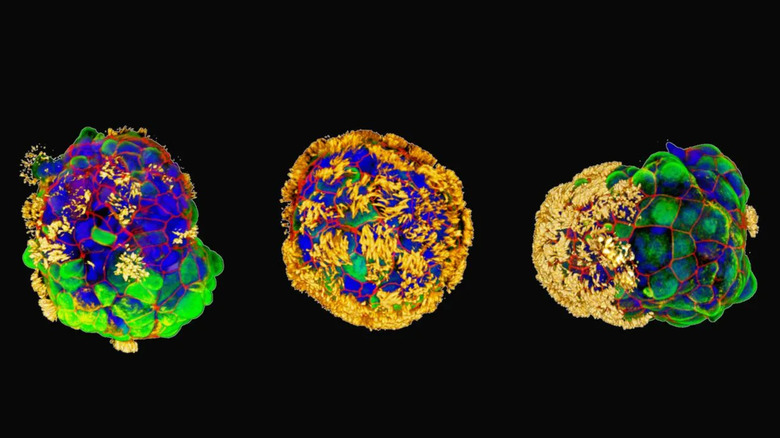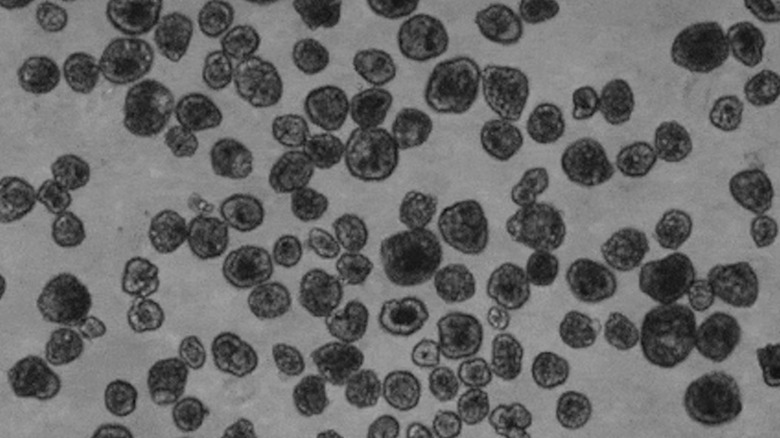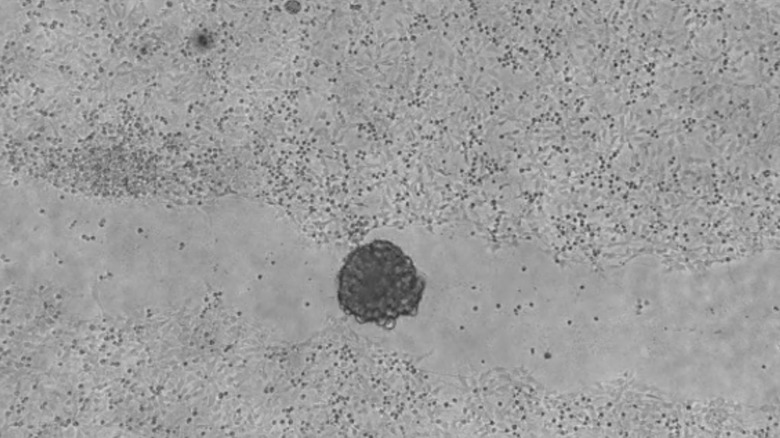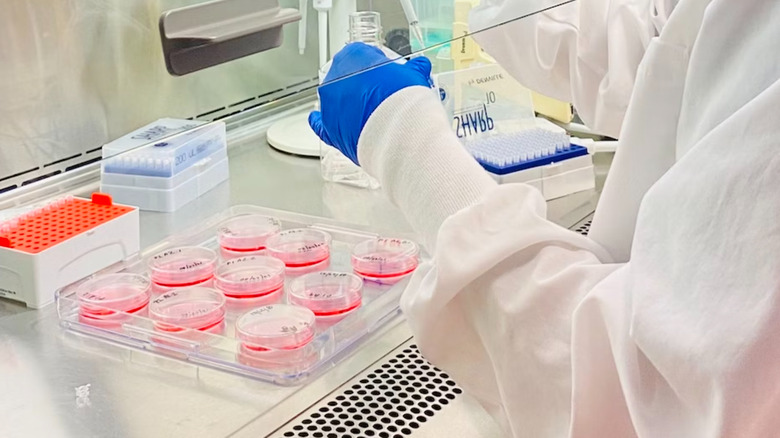Could These Tiny Biological Robots One Day Replace Risky Open Surgeries?
Science has been exploring the idea of putting tiny robots inside the human body, assigning them tasks ranging from delivering drugs at target spots and performing surgery to 3D-printing inside living tissues and assembling medical devices while floating in the bloodstream. We have even heard of capsules that vibrate inside the gut to solve issues like chronic constipation. But the human body doesn't always play nice with foreign objects, especially when they happen to be an amalgamation of electronic circuits.
To obviate this critical incompatibility, experts at Harvard University's Wyss Institute and Tufts University have created biological robots using cells extracted from the human windpipe, or trachea. Called anthrobots, these miniature biological robots can glide over surfaces and help nerve cells grow, but so far, that progress has only been observed in laboratory dishes. The size of these robots ranges from as thin as a human hair to the tip of a sharpened pencil.
Each anthrobot is made to perform specific jobs based on the unique roles of its cells and their collaboration. That's groundbreaking, and thanks to the potential versatility at their hands, scientists are hoping that in the near future, anthrobots can be deployed at target sites for regeneration, healing, and disease treatment.
Solving a critical problem
As innovative as they sound, the anthrobots also solve a crucial complexity problem. The team says that these biological robots don't need any specialized cells, or any kind of genetic modification. The team notes that by reprogramming the way these tracheal cells interact, they can trigger the formation of multicellular lumps, somewhat like rearranging bricks to make different structures.
Additionally, they can move in different manners across a surface layered with human neurons in a lab dish. they can stimulate fresh growth, which is akin to repairing gaps created by scratching the cell layer. "We're now looking at how the healing mechanism works, and asking what else these constructs can do," says Michael Levin, Director of the Allen Discovery Center at Tufts.
But as mentioned above, the anthrobot's being composed of biological matter solves the critical issue of the body rejecting these robots. In medical science, it so often happens that whenever a foreign object enters our system, the human body's immune response kicks into action and tries to neutralize the threat. Sometimes, doctors have to give immunosuppressants to solve this acceptance problem for certain drugs.
But with anthrobots moving around with human tracheal cells as their foundation, they can do their job with little resistance. Moreover, they pose no risk of contamination as they can't survive outside the human body, and can only thrive in very specialized lab conditions. Furthermore, there are no additional risks of mutating or reproducing to cause harm.
The future ahead
Aside from being familiar to the body's systems, the anthrobots offer another critical benefit — foundational versatility and the ease of creation. By incorporating various attributes from different cells, the anthrobots can be engineered to navigate and carry out tasks inside the body or assist in constructing artificial tissues in the laboratory. Let's start with healing. The team notes that anthrobots can easily be "created by the thousands."
To check their healing problems, the research team tested a model comprised of a layer of neurons that were extracted from human stem cells. Then, they proceeded to "injure" the surface with a metal rod to wound it, creating a cell gap. Next, they took a cluster of anthrobots with cilia growth (to keep them anchored to the site) and noticed that the robots "triggered substantial regrowth." The anthrobots successfully demonstrated that they can efficiently heal live human nerve tissue by creating a bridge of neurons at the injury site.
But aside from cellular healing, the team is now exploring far more ambitious ideas. Some of them include using anthrobots to clear the plaque deposition in the arteries in patients suffering from atherosclerosis. Moreover, the researchers also seek to understand if these robots can fix the spinal cord, repair retinal damage to restore vision, deliver drugs to target tissues, and even find cancer cells. The procedure is to put these biological robots into the body using an injection or similar method, and let them do their pre-programmed job.
Origins of the idea
The team observed anthrobots taking different shapes and sizes, and performing different movement patterns. Some were as small as 30 micrometers, while the bigger ones reached 0.5 millimeters in size. As far as their shapes go, a few looked like footballs with a patchy growth of hair-like projections called cilia to assist with movement; some were spherical with a uniform cilia growth across their entire surface; and others had growth on only one face.
A similar variance was observed in the movement of these tiny biological robots. Some just wiggled, others either followed a circular path or moved in a straight line. As far as lifespan goes, on average, the anthrobots could survive up to two months under lab conditions. It's worth noting here that at the end of their lifespan, they "naturally biodegraded."
Work on the anthrobots follows similar work done on xenobots by experts at the University of Vermont, the Allen Discovery Center at Tufts University, and the Wyss Institute for Biologically Inspired Engineering at Harvard University. Back in 2021, the team reported the development of the first-ever, self-replicating living robots, with frog cells lending a helping hand. The term "xenobot" originates from "Xenopus laevis," a type of African frog. This frog's embryo provided the stem cells essential for the project. Researchers noted that the way these self-replicating, manually assembled biological robots reproduce was unprecedented in the natural world.



